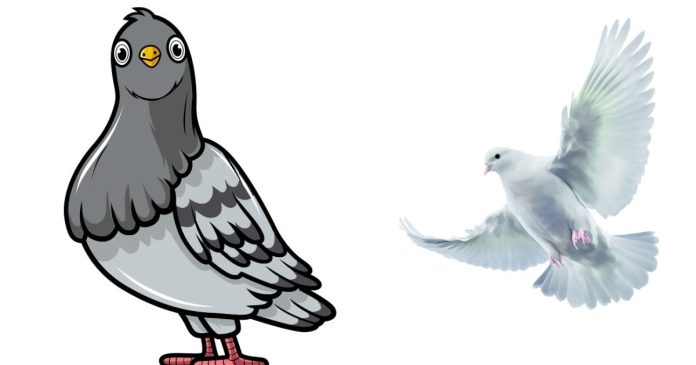The Zebra Dove (Geopelia striata) is a type of small pigeon found in Southeast Asia, and it’s known for its distinct, soft cooing sound. Here’s a more detailed description of its vocalization:
1. General Characteristics of Zebra Dove Calls:
- Coos: The Zebra Dove has a gentle, rhythmic “coo-coo-coo” sound, which is typically associated with doves and pigeons. This call is soft and melodious, often heard during the day.
- Cooing Sequence: The cooing sound is usually a repetitive, three-part sequence, often described as: “coo-coo-coo” or “coo-COO-coo.” The first two notes are soft and gentle, while the third note is slightly more pronounced and louder.
- Context of Calling: These cooing sounds are made by both male and female Zebra Doves, but males typically do so more frequently, especially during the breeding season. The calls serve as a way for males to attract females and establish territory.
2. Description of the Sound:
- Melodic and Soothing: The Zebra Dove’s call is often described as a soft, musical, or soothing sound. Unlike the harsher calls of some larger doves and pigeons, the Zebra Dove’s cooing is relatively quiet, making it a pleasant sound in its natural habitat.
- Repeated Phrases: The calls are usually repeated in a steady rhythm, and you may hear a male sing the sequence multiple times in a row, particularly during the breeding season.
3. Differences from Other Dove Calls:
- While many doves produce a similar cooing sound, the Zebra Dove’s vocalization is softer and less resonant than that of larger pigeons or doves, such as the Rock Pigeon (Columba livia).
- In comparison to other doves, Zebra Doves have a more consistent, rhythmic pattern and do not have the extended, drawn-out coos that some other species do.
4. Why They Call:
- Mate Attraction: Males primarily use the call during the breeding season to attract females. The repetitive cooing is often heard as part of a courtship display.
- Territorial Claiming: The cooing also serves to establish territory. Males call out to ward off other males and assert their presence.
- Communication: Doves are known for their gentle nature, and cooing can also serve as a form of communication between mates or within a group.
5. Habitat and Timing:
- When They Call: Zebra Doves are more likely to coo during the early morning or late afternoon when they are most active. However, their calls can be heard throughout the day.
- Habitat: Zebra Doves live in a variety of habitats, from forests to urban areas. In urban areas, their calls are a familiar sound in gardens, parks, or even on city streets.
6. Sound Recorded:
If you’ve heard a Zebra Dove in a documentary or in nature, you might notice their cooing sounds are typically soft, clear, and repetitive. The sound is easy to recognize because it lacks the deep, throaty qualities of some larger pigeon species.
In Summary:
The Zebra Dove’s call is a soft, rhythmic “coo-coo-coo”, typically consisting of three notes, with a slight emphasis on the last note. It’s a peaceful and melodic sound that is primarily used for mating calls and territorial marking. It’s gentle and less harsh than the calls of other, larger pigeon species.


